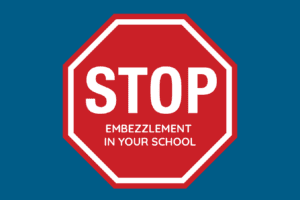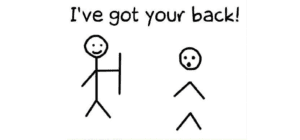
Most larger organizations have a procurement team that handles general purchasing duties. If you’re a project manager, your role may involve working closely with procurement—though often, procurement project management is a collaborative effort involving multiple team members. The PM might work with procurement, the project team, engineers, and others to come up with a plan, find vendors, and control procurements.
While project managers don’t usually conduct procurements by themselves, they are ultimately responsible for making sure that deliverables arrive on time and meet certain quality standards.
In this article, we’ll take a look at procurement best practices as they apply to a specific project. Here’s a look at project management procurement, broken down into a few key steps.
[content_upgrade cu_id=”4639″]Free Download: 4 Ways to Use Data in the Planning Process[content_upgrade_button]Click Here[/content_upgrade_button][/content_upgrade]
Is Procurement Project Management Different Than Procurement?
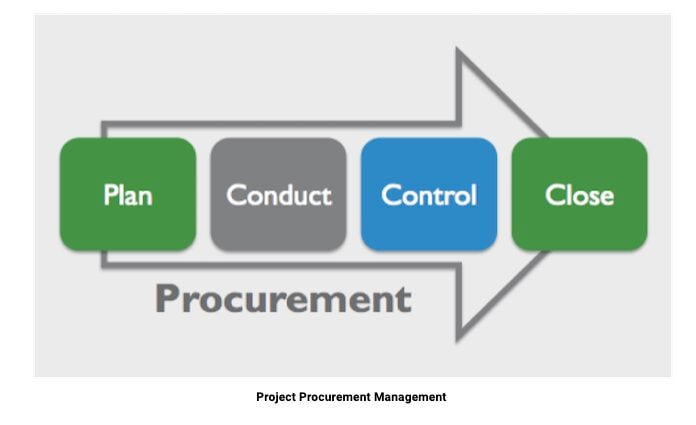
In a project management context, procurement is when you need to buy, contract, or rent external resources to meet your project goal. And, like general procurement, procurement project management is all about managing relationships with vendors and contractors to ensure the project runs smoothly and is completed as planned.
But, the difference here is that procurement project management centers around more short-term goals—like completing a construction project that requires its own budget, team, and materials, while also operating on its own schedule with milestones and completion dates determined by the client and key stakeholders.
Procurement project management is a strategy that aims to handle the process of sourcing, requisitioning, ordering, expediting, inspecting and reconciling procurement efficiently.
Often, you’ll see project management procurement broken into these four stages:
- Plan—identify a need, set a budget, and decide who should be involved in the project.
- Conduct Procurement—find, source, negotiate, and finally, start placing orders.
- Control—track orders, monitor progress made, identify bottlenecks, etc. Here, your job is to ensure that deliverables arrive on time.
- Close—tie up any loose ends, make any necessary revisions, or address last-minute requests.
These next few sections will go over what’s involved in each of these four stages.
1. Plan
Before you start reaching out to vendors, you’ll need to come up with a plan. Internally, teams need to weigh their options—should goods and services be produced in-house or outsourced?
Lay out the items and people needed to complete this project. We’ve found that approaching the planning stage by focusing on these four areas is a helpful way to break down the process into more manageable steps.
- Time: Amount of time needed to deliver the project.
- Cost: Budget allocated to the project.
- Scope: Total amount of work needed to complete this project.
- Quality: Quality standards for materials and work performance.
As you look at the items you’ll need, you should consider the following:
- Is it required to complete the project?
- When does this project need to be done?
- When will you need to begin work in order to meet the deadline?
- Are relationships with third-party companies necessary for the desired outcome? If so, can you work with vendors and contractors you’ve worked with in the past?
- Or will you need to find a new company and build that relationship from scratch?
Finally, consider who needs to be involved in the approval process and create a workflow that ensures the project isn’t held back due to bottlenecks in the approval process.
2. Conduct Procurement
In the last stage, you determined a need. Now, you’ll need to figure out where to get your goods and services and put the wheels in motion. In this graphic, you can see a step-by-step breakdown of how you’ll move from Planning to Procurement—and that the line dividing these two phases can be pretty fuzzy.

ID Vendors
Make a list of vendors you’re considering and their capabilities. During this time, you might review your existing list of approved vendors to see which sources can help you reach your goal.
You might also put out a request for bids, or directly contact new suppliers and contractors for quotes and proposals.
Here, you’ll narrow your picks down to a short list of companies that fit the bill, though it may be a long discussion involving the purchasing department, the C-Suite, and others.
Choose Suppliers
After identifying some potential sources, it’s time to narrow down the pool. If you have existing relationships with some of these vendors, the process should move relatively fast. And in that case, the process is primarily centered around checking with contractors to see if they’re available for a new project, and contacting suppliers to find out if they can deliver the materials needed within your pre-set timeframe.
Negotiate Contracts
After selecting your suppliers, the next step is negotiation. Again, if you’ve got several suppliers in your system, you’ll save a lot of time here.
Otherwise, you’ll need to negotiate contracts with new suppliers—taking value creation, collaboration, and other factors like pricing, scope of work, turnaround time, and payment terms into consideration.
We go over contract negotiation in more detail in a previous blog post, and again here, but the key takeaway is that negotiation demands a detailed analysis. From there, you’ll submit a requisition, a PO, and move onto the next phase. Keep in mind, you’ll want to submit POs that include information about the project and department. Here’s a bit more about how to set up that process.
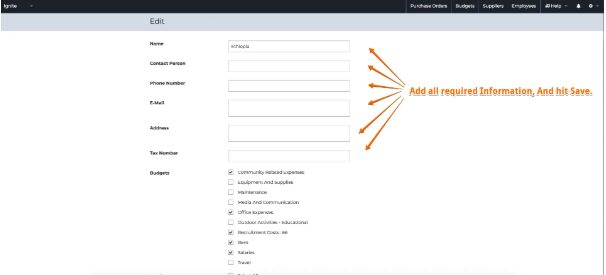
3. Control
The process isn’t over once the contracts have been signed and POs have been submitted. At this point, the project manager’s role is to track contractor and vendor performance to ensure that all agreed-upon terms are met.
Regular Status Updates
Project managers need to keep everyone informed of a project’s progress. This means that they’ll need to check in regularly with contractors to make sure they’re on track to hit milestones as planned.
Even though you hire contractors because they bring an expert skill set to the table, you’ll still need to monitor their progress to make sure deliverables meet expectations and deadlines.
If clients are involved, you’ll also want to make a point of sharing progress with them, as this demonstrates transparency on your end.
The other benefit is that periodic reviews with the client allow you to account for any changes to the scope of work as you go.
Ongoing Vendor Evaluation
Beyond monitoring contractor performance, you’ll also want to make sure that you run regular reviews of vendor performance. Are they meeting the requirements established in the contract?
Performance reporting provides benefits outside of the project manager-contractor/vendor relationship; it’s a record-keeping system for management.
4. Close
The closing stage is all about making sure that everyone involved with the project has done their part. Here, the project manager will review work completed and seek to resolve any outstanding issues.
Typically, closing involves the following elements:
- Receiving confirmation from all parties that work is complete.
- Auditing procurement activities.
- Recording lessons learned from the process.
- Updating internal records.
Essentially, this stage is all about making sure that the client is happy with the results, and that nothing needs to be added or changed. Additionally, the PM should compile all data related to the procurement aspects of the project. This information can help both project managers and procurement officers make better decisions next time they start planning a project.
Consider setting up custom reports to help you review past projects and adjust your strategy moving forward.
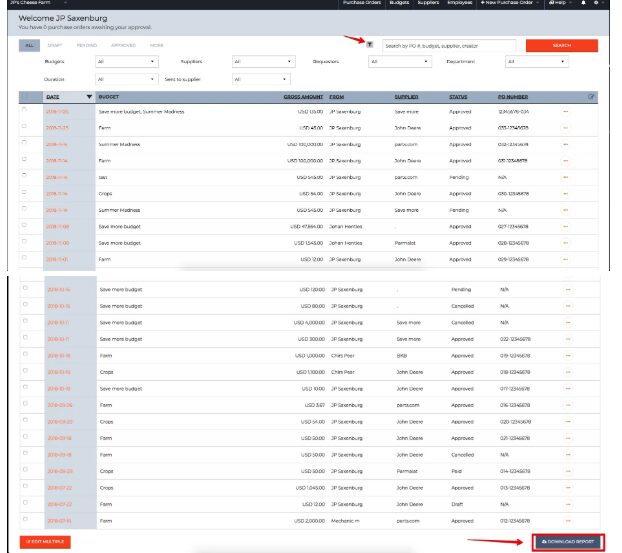
Wrapping Up
At ProcurementExpress.com, we understand the hassle that comes with juggling deadlines while maintaining relationships with vendors, contractors, clients, and internal stakeholders.
Our software can help you keep tabs on supplier performance, as well as place and chart the progress of POs; helping you keep track of upcoming deadlines, we’ll also ensure that you don’t slow down a project by missing a payment. To learn more about our flexible, easy purchasing software, book a demo and we’ll show you around.
[content_upgrade cu_id=”4639″]Free Download: 4 Ways to Use Data in the Planning Process[content_upgrade_button]Click Here[/content_upgrade_button][/content_upgrade]


